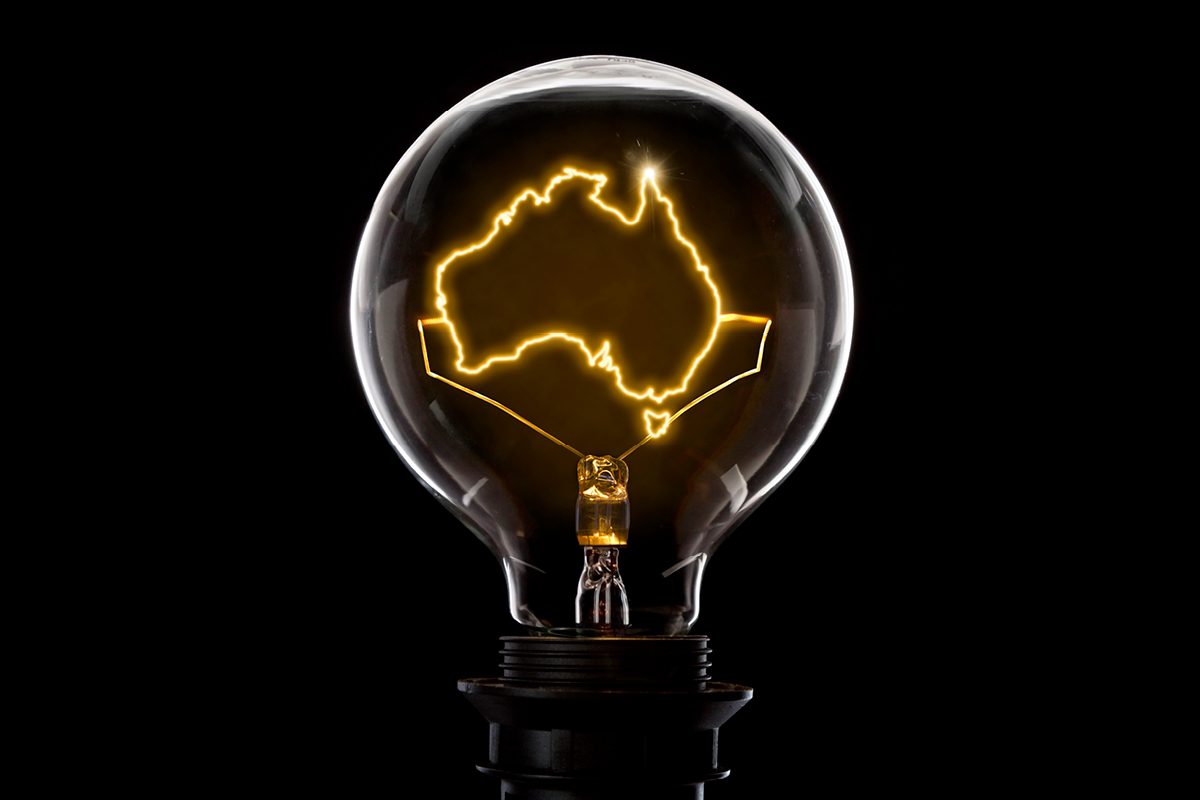Australian innovation is quite simply nowhere near where it could and should be.
We look like a country well-equipped to be an innovation nation: a highly educated population, stable government, excellent infrastructure.
We are known for having people with brilliant ideas but last year’s Global Innovation Index ranked Australia 20th out of 126 countries. We’ve been weak in commercialising our ideas and we must get much better at strengthening collaborations between universities, research institutes, incubators, industry and government. Traditional operating models no longer work – leaders have to open up and look outside their walls to create ecosystems of innovation, bringing in a whole new set of cooperative principles.
Here are three examples where clever collaboration and a strong global view are creating an innovation nation.
GM HOLDEN – Rising from the ashes
At the end of 2013, GM Holden announced it would stop making cars in Australia. That seemed to be the end of the line for the automobile engineers at the company, which made the first all-Australian car in 1948. “We were one of the few countries in the world where we could create a car starting from a blank sheet of paper – advanced vehicle development has always been a part of what Holden did,” says Brett Vivian, Executive Director of Engineering at GM Holden.
Things were winding down when, in August last year, GM Holden made Australia a critical hub for its global advanced vehicle development, focusing on autonomous and electric vehicles, ramping up the Australian design and engineering team to more than 500 people, recruiting at least 150 engineers locally and utilising a projected local annual research and development spend of $120 million.
Says Vivian: “We now have an opportunity to create the next generation of Australian automotive engineers. I’ve got a fantastic team of highly experienced people, with an average of 18 years’ experience. As we bring in younger minds and ideas, it will make our team even stronger and build our diversity of thought, which is so important for innovation.”
DRESDEN – Eyes on the prize
In 2003, Bruce Jeffreys co-founded the GoGet car-sharing service in Sydney because he didn’t want to own a car, he just wanted to drive one. His next act was prescription eyewear. He knew nothing about it, other than he was fed up with paying so much for his glasses. “I just couldn’t understand why they had to be so expensive. It’s not like they’re a new invention!”, he says.
The first Dresden store opened in Newtown in 2015 with a clear vision: affordable, locally made modular frames created from recyclable materials and high-quality Zeiss lenses. “I want to turn around the narrative of Australia as a commodities exporter,” says Jeffreys. “Australia has a history of innovative manufacturing and we want to reclaim that.”
They partnered with the German lens giant and Australian car-parts manufacturer Astor Industries, which worked with Dresden to figure out how to make the lightweight, modular frames with a zero-waste process. “They let us try all sorts of crazy things in their injection moulding machines,” says Jeffreys. “A factory with newer machinery wouldn’t have let us do that, but they knew that they had to diversify their manufacturing base, so it was a win-win.”
Dresden now has multiple Australian stores, as well as stores in Canada and New Zealand.
WESTERN AUSTRALIAN GOVERNMENT – An innovation superconductor
As demand for lithium-ion batteries soars worldwide, lithium is the focus of the Western Australian government’s push to create an entire ecosystem around the resource, a departure for Australia, which has created previous mining booms, mostly by digging out resources and shipping them for processing offshore.
There are already eight lithium mines in WA, and more on the way. Last year, WA Premier Mark McGowan established an industry task force to develop a lithium and energy material strategy. As well as supporting local development, they will produce a prospectus to attract international investors to help create the lithium ecosystem.
Task force Chair Bill Johnston, Minister for Mines and Petroleum; Energy; Industrial Relations, says among the attractions for investors are WA’s “highly skilled workforce, a high level of research and development agencies, a long history of dealing with extractive industries and chemical processing companies and community engagement with this industry.” Australia’s strong labour laws are another advantage for end users, particularly high-end car and technology manufacturers.
Creating a new, sustainable, value-adding industry from our raw resources will be innovation at its best.







